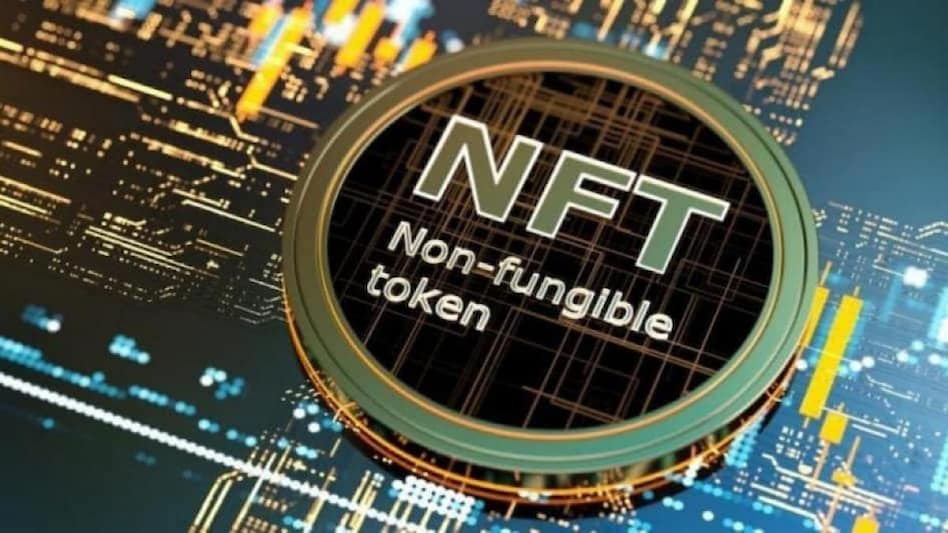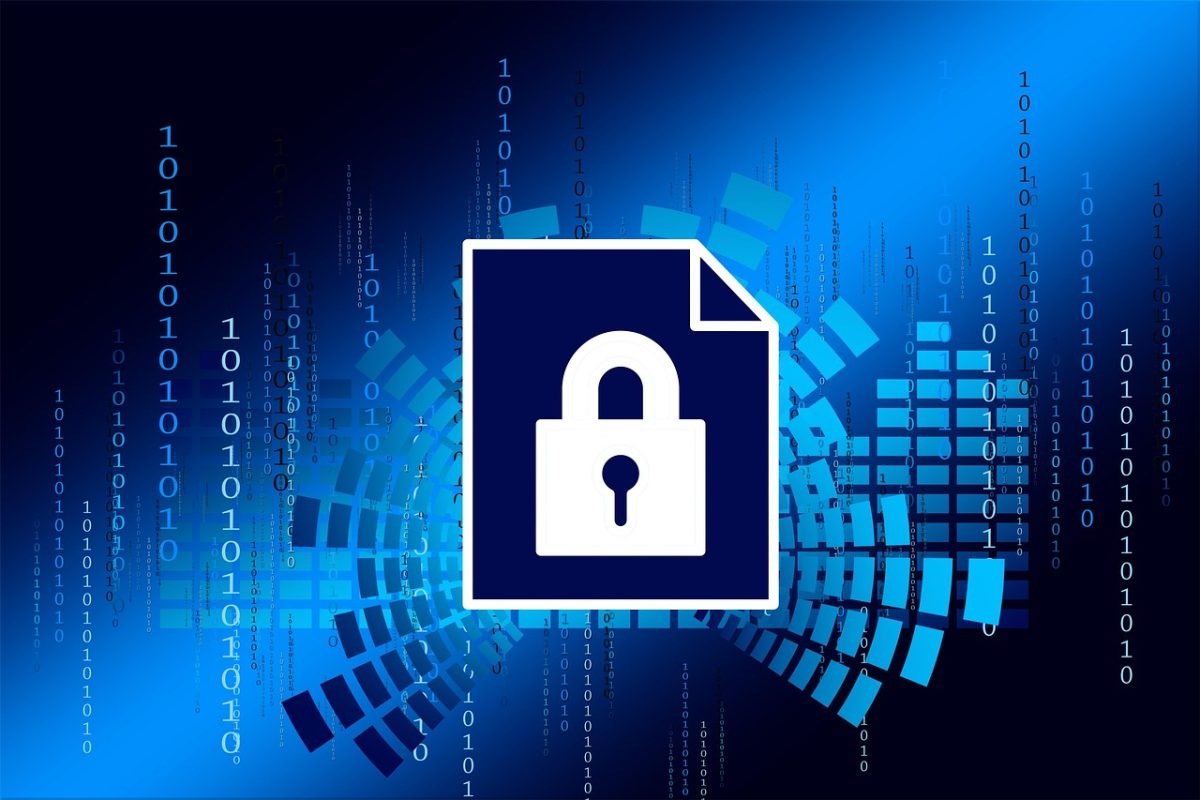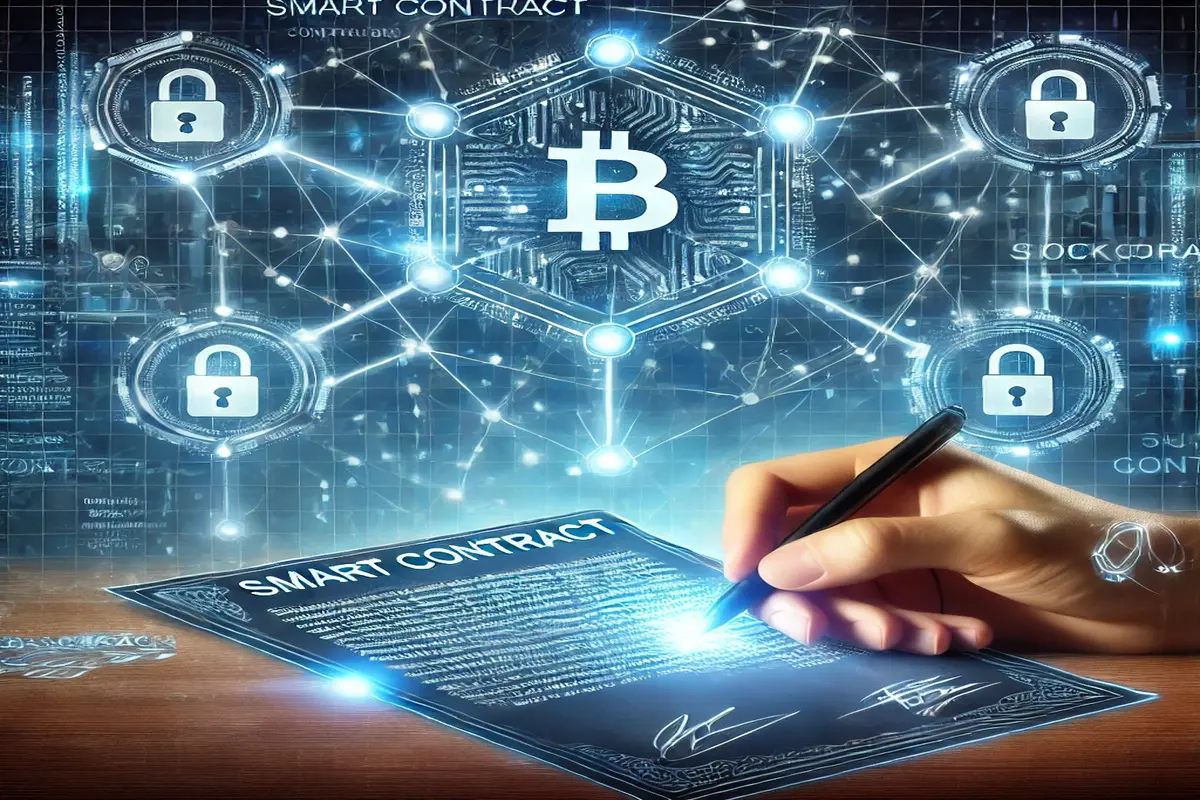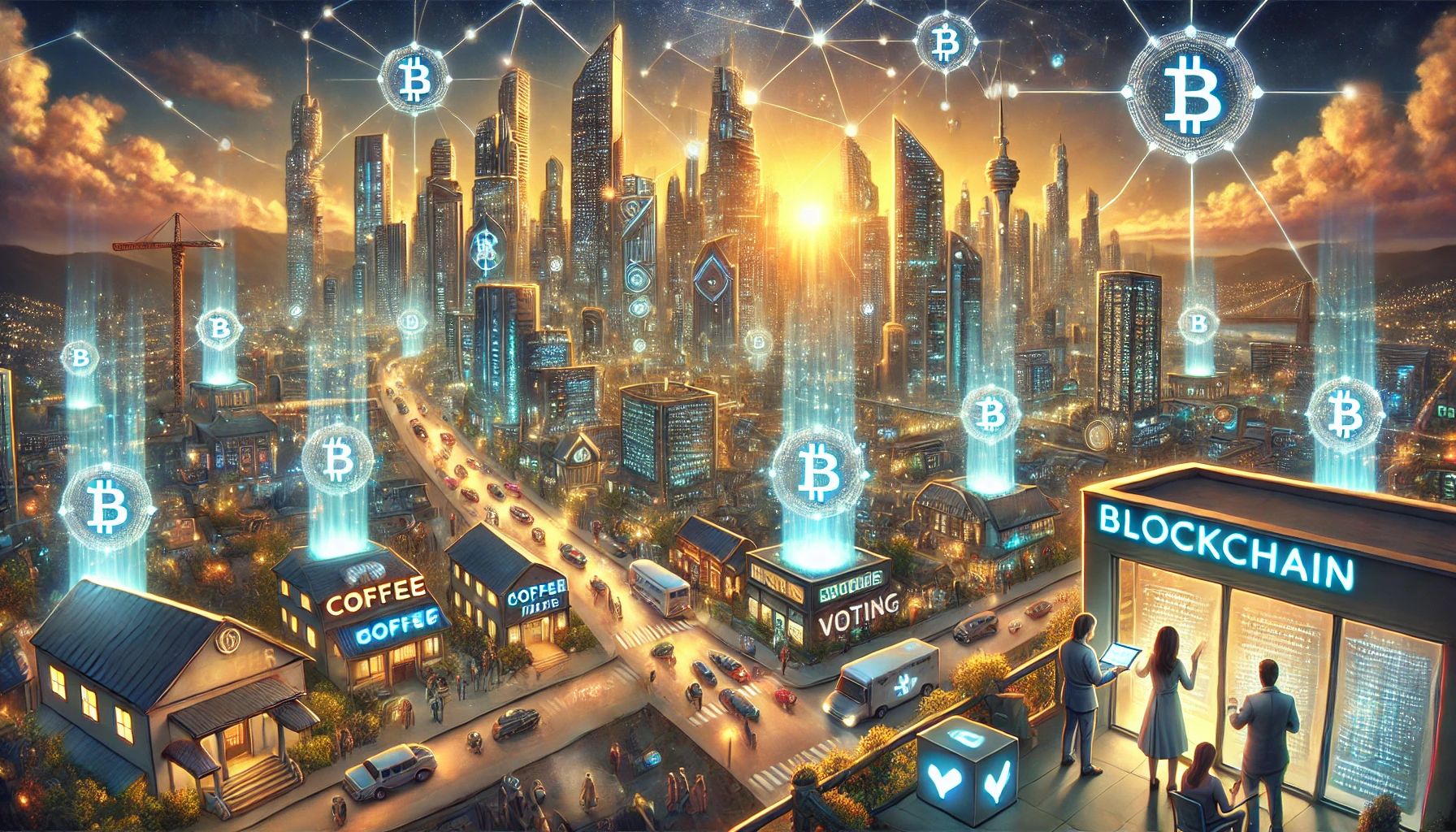Get Started With NFTs
Find out how to sell a non-fungible token (NFT) step-by-step from both the creator’s and trader’s perspectives.
You intend to try generating some money using NFTs, then, welcome to the digital frontier, where innovators like you are using cryptocurrencies in novel ways and pushing the boundaries of technology and the production of digital content. A few speculative investors have profited greatly by being lucky and purchasing the correct NFTs. Selling NFTs is another option to finance this trend, though.
It makes sense to learn the ropes in order to determine whether or not selling NFTs makes sense if you produce any kind of digital material. What you should know is as follows.
How to market non-fungible tokens (NFTs)
You must first “mint” one of your digital assets as an NFT, or non-fungible token, in order to begin selling NFTs. An NFT is a form of digital certificate made on a blockchain network, typically Ethereum (CRYPTO:ETH), that certifies ownership of your creation. Any digital work—including writing, music, gaming, and art—can be minted as an NFT. The file can also be easily converted into an NFT by carrying out a few straightforward steps. Just keep in mind that the final selling price of your creation will depend on a variety of subjective elements, including its originality, quality, and popularity with potential customers.

The procedures for making a sale are listed below.
1. Choose a market, then construct an NFT.
The right NFT marketplace must be chosen first. Consider these online markets as the NFT equivalent of Amazon (NASDAQ:AMZN), a marketplace where digital works can be purchased or sold. There are numerous markets, many of which focus on certain categories of digital assets. The largest and most varied market for NFTs is now found in OpenSea.
Following your choice of the desired marketplace, link your funded cryptocurrency wallet, choose “Mint an NFT,” and submit your digital file. Each marketplace will have a somewhat different procedure, but you can typically create an NFT with only a few clicks. Also keep in mind that you will typically specify the royalty amount during the minting process if you intend to gradually monetize your work through royalties (a portion of each future sale of your NFT on the secondary market that is paid to you).

2. Post your NFT up for sale.
You will be given the choice to post your NFT for sale on the marketplace after it has been made. Although you can transfer and sell your NFTs on other platforms, be aware that there may be additional fees involved.
Follow the instructions after clicking the “Sell” button. Here, you can give some information about the transaction, like as the price or duration of the auction, as well as the cryptocurrencies that NFT bidders can use to pay you. Any “gas fees”—fees charged by the Ethereum blockchain network for recording transactions—will now be determined by the marketplace. Depending on how active the blockchain network is at the time, these gas prices can change. The marketplace will also disclose its processing fees, which are often deducted from the final NFT sale price.
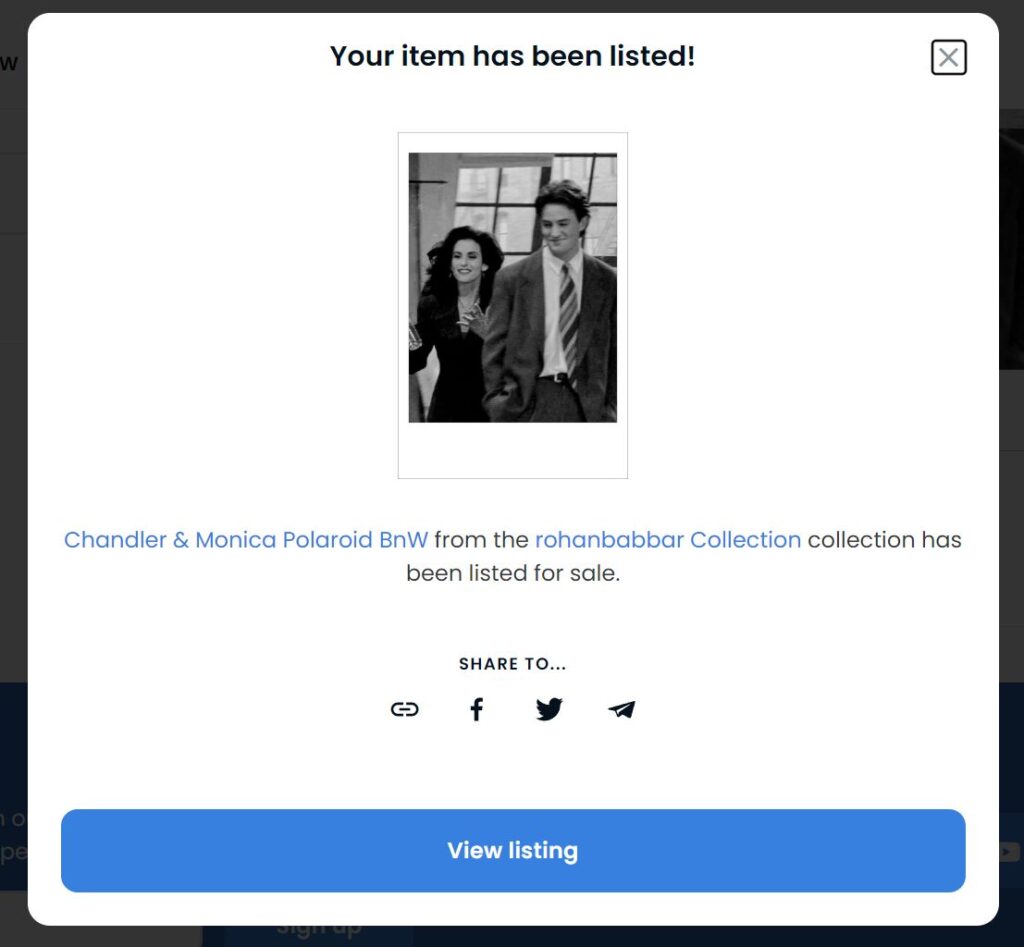
3. Control your listing
Your NFT can be bought on the market once you’ve finished listing it. Now you need to use your website or social media to advertise the sale to potential customers. You can manage your NFT listing as well, but keep in mind that any modifications or removals may result in additional costs, and any already-paid gas fees are non-refundable.
How to trade NFTs
It’s not simply digital creators who can sell NFTs. Some collectors engage in trading using their NFT holdings. You can also list NFTs you’ve already bought from a creator or another collector on an online marketplace for sale.

Selling a purchased NFT
Creating the digital asset is not necessary when selling your NFTs on the secondary market (a transaction that does not involve the original NFT developer). If it isn’t already there or if you are only storing your NFTs in your own cryptocurrency wallet and don’t have them accessible for viewing on a marketplace, simply move the NFT there. Then, on the page for the NFT you want to sell, click the “Sell” button. Your final take-home pay will be impacted by gas costs, marketplace listing fees, and any royalties the original NFT inventor has established.
When should I sell an NFT?
The reason you produced or acquired the NFT in the first place, as well as its intended use, will determine when it is appropriate to sell it.
Selling NFTs can be a new way for artists and digital creators to be compensated for their work, but it will mostly depend on how in-demand their products are and how much they can command. To optimize your selling price, keep an eye on customer interest. However, keep in mind that gas costs could significantly limit your profit or even force you to sell at a loss if the buying price isn’t high enough. Don’t automatically assume that your sale will result in a profit, for instance, because high Ethereum network gas prices have been a concern for several NFT developers.
Perhaps you purchased an NFT with a specific use in mind and no longer need it, or perhaps the value of an NFT you previously purchased has increased. If you have other needs for the money or better areas to invest, selling can be a good decision. Remember to include in gas costs, marketplace listing fees, and royalties paid to the original author when estimating your potential profit or loss on the sale. With a little planning for your listing, such as avoiding days when the Ethereum blockchain network is busy, you may reduce gas fees.
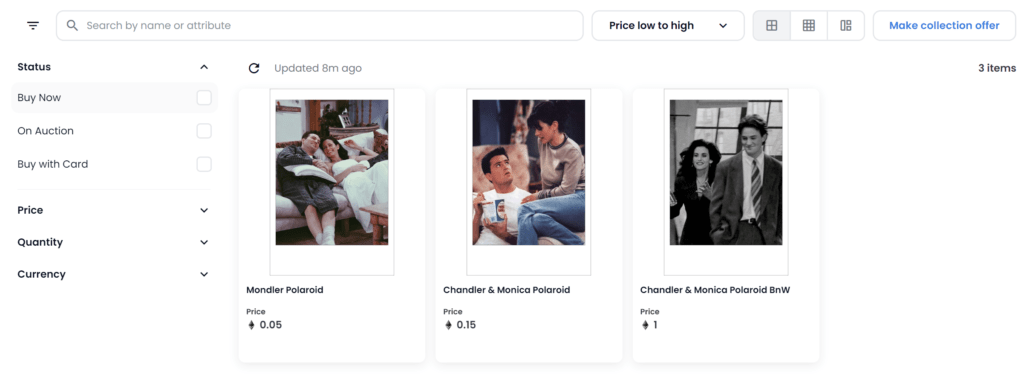
It’s not simple money selling NFTs. You will pay for the Ethereum network and marketplace while creating and selling your digital creations, and trading NFTs can be risky given the volatility of this new movement. But this area of the crypto world is worth studying if you’re a creator searching for a new platform to grow your business because it may open new opportunities for monetizing your talents.
Conclusion:
In this blog post, we have seen the steps that are involved in selling and buying NFTs, both as a creator and a trader. Hope this blog has helped you understand the process of selling and buying NFTs and that you are now ready to sell NFTs to users on OpenSea.
References:
Add Comment
You must be logged in to post a comment.


